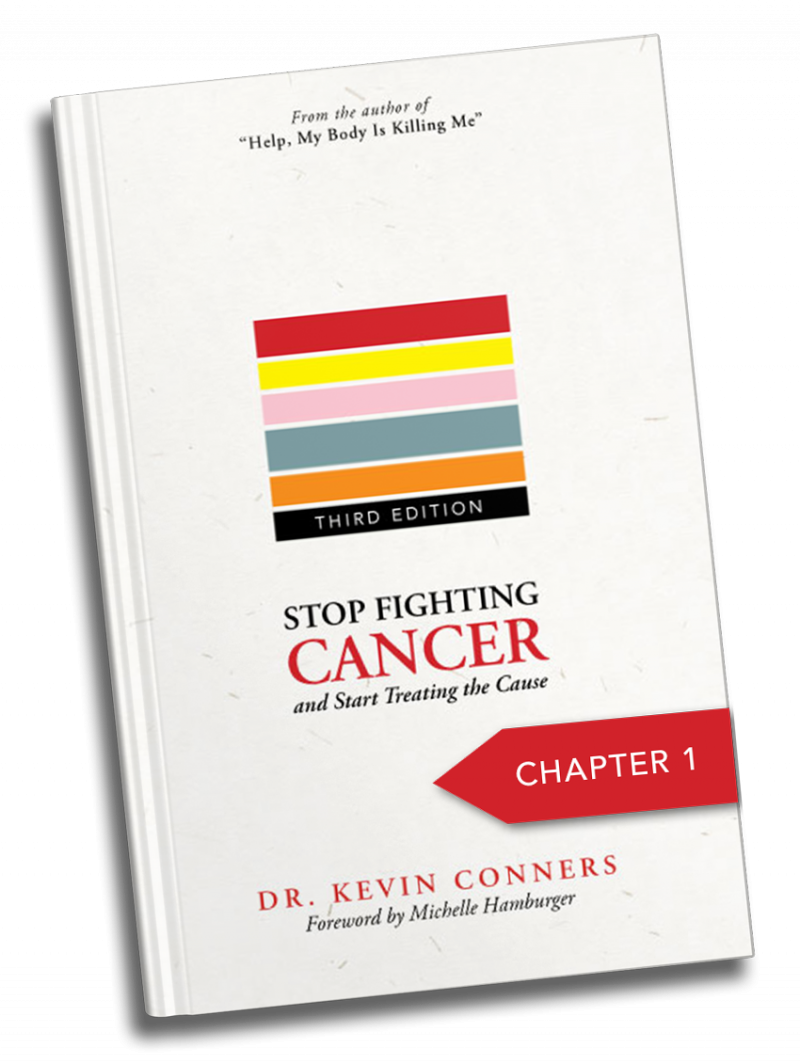People often forget that the digestive tract begins in the mouth. Even gastroenterologists frequently seem to view the oropharynx (mouth and throat) as little more than a portal for fiber-optic scopes headed down the esophagus for the proximal gastrointestinal tract. Forget this at your own peril because the mouth and pharynx form an integral part of the alimentary tract and functionally are the beginning of the gastrointestinal tract. The oropharynx is home to teeming, variegated microbiota second only to the colon in density.
The microorganisms found in the human oral cavity have been referred to as the oral microflora, oral microbiota, or more recently as the oral microbiome. The term microbiome was coined by Joshua Lederberg “to signify the ecological community of commensal, symbiotic, and pathogenic microorganisms that literally share our body space and have been all but ignored as determinants of health and disease” (37). The term microbiome has been embraced by the Human Microbiome Project and investigators who believe an understanding of human health and disease is impossible without fully understanding the collective microbiome/human “superorganism.”The oral cavity is a major gateway to the human body. Food enters the mouth and is chewed and mixed with saliva on its way to the stomach and intestinal tract. Air passes through the nose and mouth on the way to the trachea and lungs. Microorganisms colonizing one area of the oral cavity have a significant probability of spreading on contiguous epithelial surfaces to neighboring sites.
Unlike the normal colon microbiota which is not associated with intestinal disease, the oral microbiome is regularly associated with two common diseases, dental caries and gingivitis. The oral microbiome has also been implicated in a range of systemic diseases including tumors, diabetes mellitus, cardiovascular disease, bacteremia, and low infant birth weight as well as preterm delivery. The tremendous microbial complexity of the oropharyngeal cavity is only now being fully investigated using high-throughput DNA sequencing technologies.The microbiota in the oropharyngeal cavity is composed of a variety of microenvironments that select for different microbial populations. It holds at least 700 species of aerobic and anaerobic organisms organized in complex biofilm communities. Immunologic tissues in this cavity such as the tonsils and adenoids are a first meeting place where antigens and microorganisms encounter the immune system and the host’s microbial symbionts.
Finally, from its position at the beginning of the gastrointestinal tract, the oropharyngeal microbiota may influence the composition of the gastrointestinal microbiome downstream. Modulating the oropharyngeal microbiota is therefore an integral part of a comprehensive health strategy. Diet, orodental hygienic practices, probiotics, and supplements may be used to improve oropharyngeal barrier function and reduce inflammation, thereby favorably supporting oral and overall health.
What to Do:
- Eliminate all fluoride – NO fluoride in toothpaste or any dental procedures. Fluoride is a major disruptor of the oral microbiome.
- Eat fermented foods – fermented foods feed the microbiome with bacteria necessary for re-colonization.
- Coconut oil pulling – unless you have metal in your mouth (gold or silver fillings, etc.) then oil pulling should be part of your protocol.
- Get checked for gingivitis and h. pylori by Dr. Conners and treat this if positive.
- Do not use mouth washes.
- Avoid medications.
NOTE: All of the above statements have not been evaluated by the Food and Drug Administration. This product is not intended to diagnose, treat, cure, or prevent any disease.
Dr. Conners graduated with his doctorate from Northwestern Health Sciences University in 1986. He holds AMA Fellowships in Regenerative & Functional Medicine and Integrative Cancer Therapy.
He is the author of numerous books including, Stop Fighting Cancer and Start Treating the Cause, Cancer Can’t Kill You if You’re Already Dead, Help, My Body is Killing Me, Chronic Lyme, 3 Phases of Lyme, 23 Steps to Freedom, and many more you can download for FREE on our books page.






 In this Brand New 3rd Edition Dr. Kevin Conners adds almost DOUBLE the content with all new insights and practical tips on how to understand your body’s ability to heal and get back to a state of health.
In this Brand New 3rd Edition Dr. Kevin Conners adds almost DOUBLE the content with all new insights and practical tips on how to understand your body’s ability to heal and get back to a state of health.